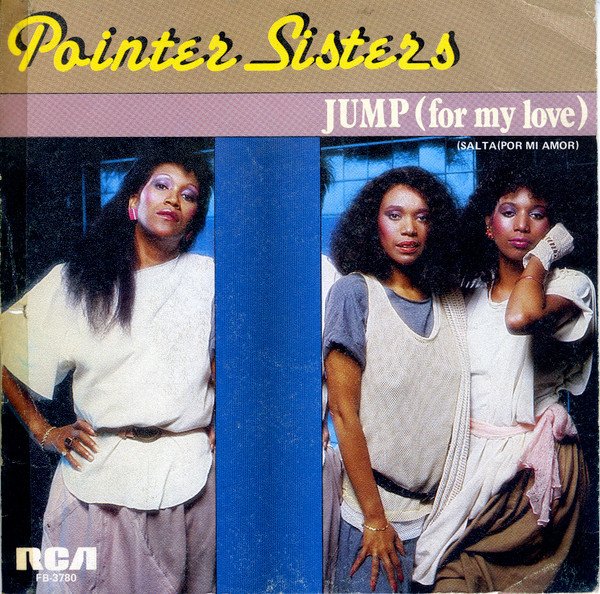
IGNORE ‘BEST PRACTICE’ AND MAKE COMMUNICATIONS HARDER TO UNDERSTAND
John Harrison
13/11/2017
Many brands try to cut-through the cacophony of communication by deliberately asking as little as possible from their intended recipient. John Harrison, Managing Partner at BBH London, argues that the most effective communications are those that force people to make a mental leap.
It is sometimes said that there are only two types of people in this world: Those unable to reach conclusions from incomplete data sets.
If you’re in the second group of people, then there’s a good chance that you’re feeling quite pleased with yourself for recognising as much.
That isn’t just because you feel superior to those in the first group (though I’m sure that’s part of it). It’s also caused by your brain releasing a sizeable dose of dopamine as a reward for your having to work to solve a problem.
This is relevant to those involved in communications because it’s counter to a lot of current ‘best practice’ thinking.
We rightly appreciate that people have busy lives. They aren’t sat about, patiently looking forward to the next advert that interrupts them going about their day. In fact, it’s now estimated that the average person is exposed to up to 10,000 brand messages a day[1]. Most brands try to get their intended message through this maelstrom of communications by attempting to minimise the amount of time they ask of people. As such they try to be as explicit and un-demanding as possible. Being ‘frictionless’ has become more than just an approach to UX. It’s frequently cited as an ambition for how brands want their relationships with their target audience to become. Of course there are occasions when this should absolutely the case, especially when we want people to keep repeating a current behaviour.
However, if we want to change behaviour or force reappraisal, then the problem with such an explicit approach is that it fails to appreciate how the brain works in the real world. The brain simply doesn’t want to deal with so much stimuli, so it is desperately trying to filter out as many messages as possible, in order that it can focus on what it thinks is worth spending time processing[2]. Our brain is programmed to appreciate and seek out novelty. It wants the shot of dopamine that comes from new experiences or having to work in order to make a mental leap.
It’s a balance of course. If we ask too much of people, by making that mental leap too big, then we’ll lose them. However, going too far the other way can be just as ineffective. In the past, I’ve certainly been told that we need to make the communications “as didactic as possible” to ensure that the intended message doesn’t “get lost”. The artificial environment of most research – where we force people to pay conscious attention to communications – can also appear to verify an explicit messaging approach. Only for these same communications to fail miserably once released into the real world.
The irony is that by filling in all the gaps, using executions that spell things out, or using familiar tropes and language, then we actually make it easier for people to ignore what we are saying. Our brain decides this message isn’t worth bothering with, even before we’ve consciously recognised as much.
Don’t take my word for it though. I’m sure that you’ll all be able to recognise this yourself by thinking about your favourite ever piece of comms. I’d be amazed if there was even one of you who chose something which took a didactic approach that didn’t ask anything of you. It’s much more likely you’d have chosen something that left you asking yourself “I wonder if other people got as much out of that as I did?”
So, if we want to make better, more effective communications, let’s use creativity to make sure we aren’t being explicitly bland.
——-
[1] https://www.ama.org/partners/content/Pages/why-customers-attention-scarcest-resources-2017.aspx
[2]Psychology Today: This is how the brain filters out unimportant details. Feb 2015

